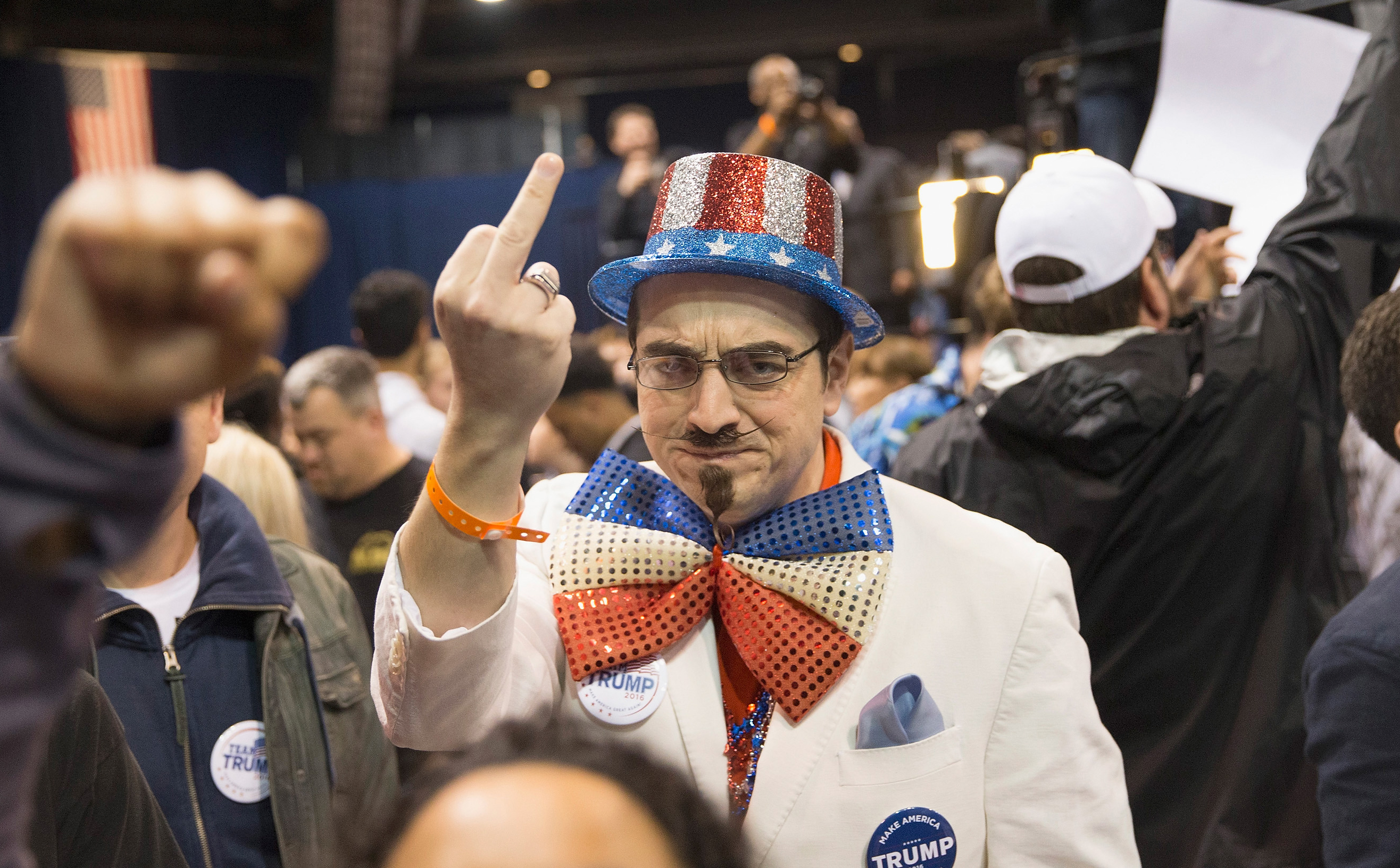polls
Is atheism on the rise, or is religion? At times we hear polls claiming both, but new research shows it’s not that simple.
The polls are in, and what will be the deciding factor in the 2016 U.S. Presidential election is something a little more human.

